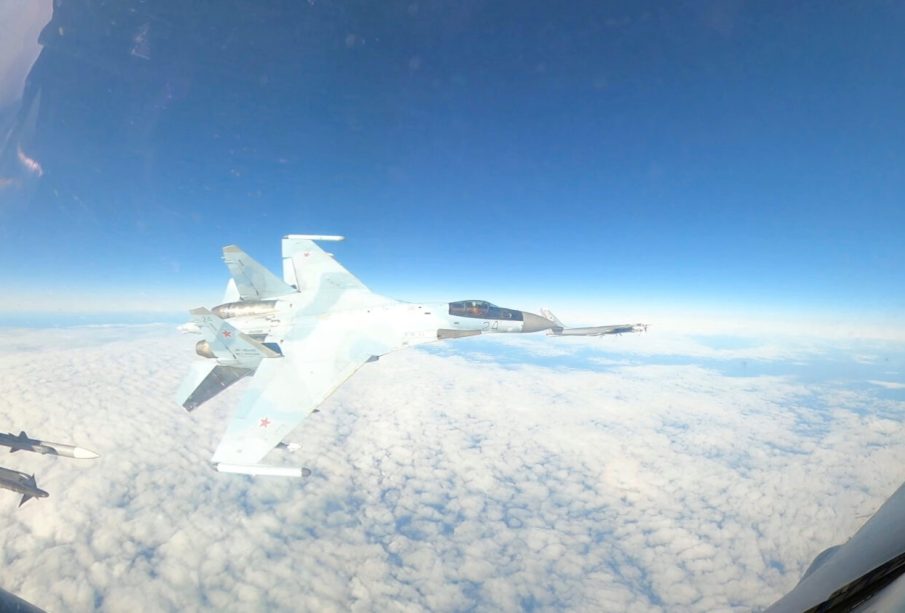Russian Fighter Jets in Alaska: Encounters and Implications

Introduction
The presence of Russian fighter jets near Alaska has garnered significant attention in recent months, raising questions about national security and bilateral relations between the United States and Russia. With rising geopolitical tensions, these encounters highlight the need for vigilance and preparedness in the face of potential military posturing.
Recent Encounters
In late 2023, the North American Aerospace Defense Command (NORAD) reported several incidents involving Russian military aircraft near Alaskan airspace. On multiple occasions, Russian long-range bombers and fighter jets were detected, prompting U.S. military jets to scramble for interception. The most notable incident occurred on November 15, when four Russian Tu-95 bombers approached the Alaskan coast, triggering a response from F-22 Raptors stationed at Joint Base Elmendorf-Richardson.
These incursions are not unprecedented but have become more frequent. The Pentagon has indicated that Russia’s military activities in this region signify an increase in strategic posturing, possibly as a means to assert influence and demonstrate military capabilities in proximity to U.S. borders.
Military and Strategic Implications
The deployment of Russian fighter jets near Alaska complicates the security landscape of the Arctic and North Pacific regions. Experts suggest that these maneuvers serve multiple purposes: testing U.S. responses, showcasing military capabilities, and reinforcing Russia’s presence in areas of strategic interest.
Moreover, such encounters can potentially escalate tensions, leading to miscalculations in military engagements. As the cold war dynamics have not completely faded, experts argue that the U.S. should remain vigilant and consider reinforcing its military assets in Alaska and surrounding regions.
Conclusion
The increasing frequency of Russian fighter jet operations near Alaska serves as a critical reminder of the evolving geopolitical landscape. As relations between the U.S. and Russia continue to be strained, it is essential for American military leadership to monitor these interactions closely. The implications of these encounters go beyond mere airspace violations; they highlight the necessity for consistent strategic assessments and potentially increased military readiness in the Arctic region. As tensions persist, future interactions will require careful diplomacy and readiness to ensure national security and regional stability.









